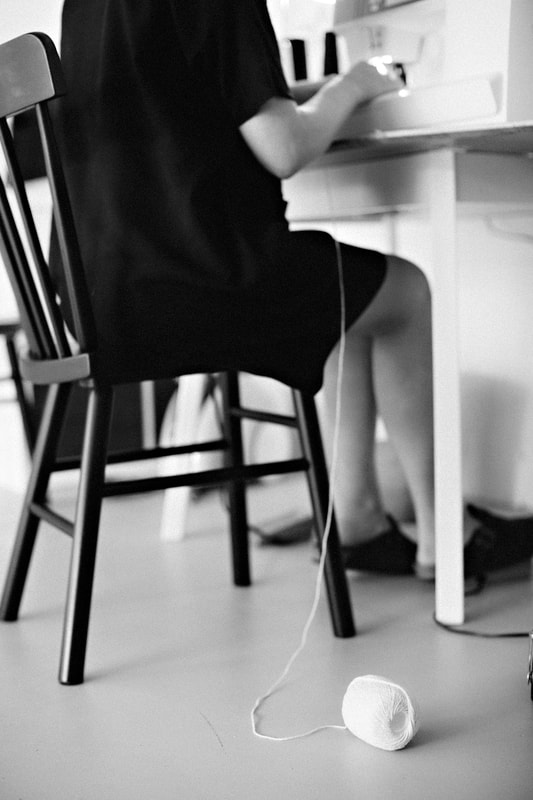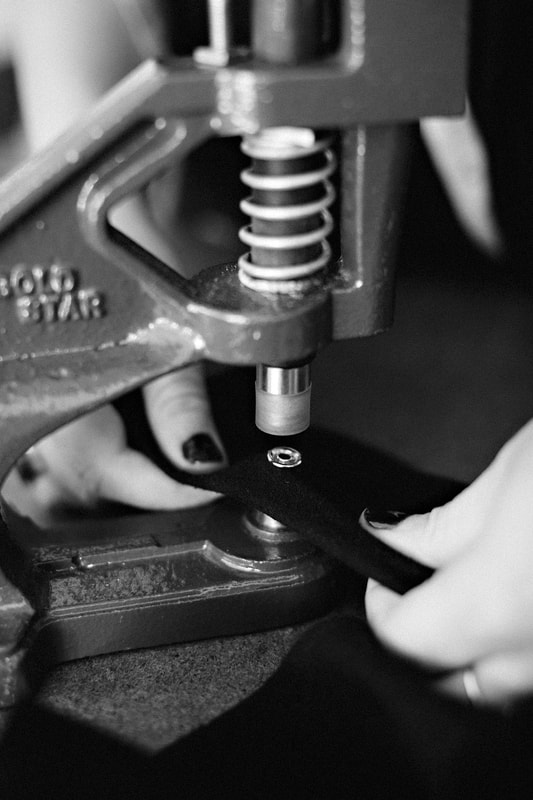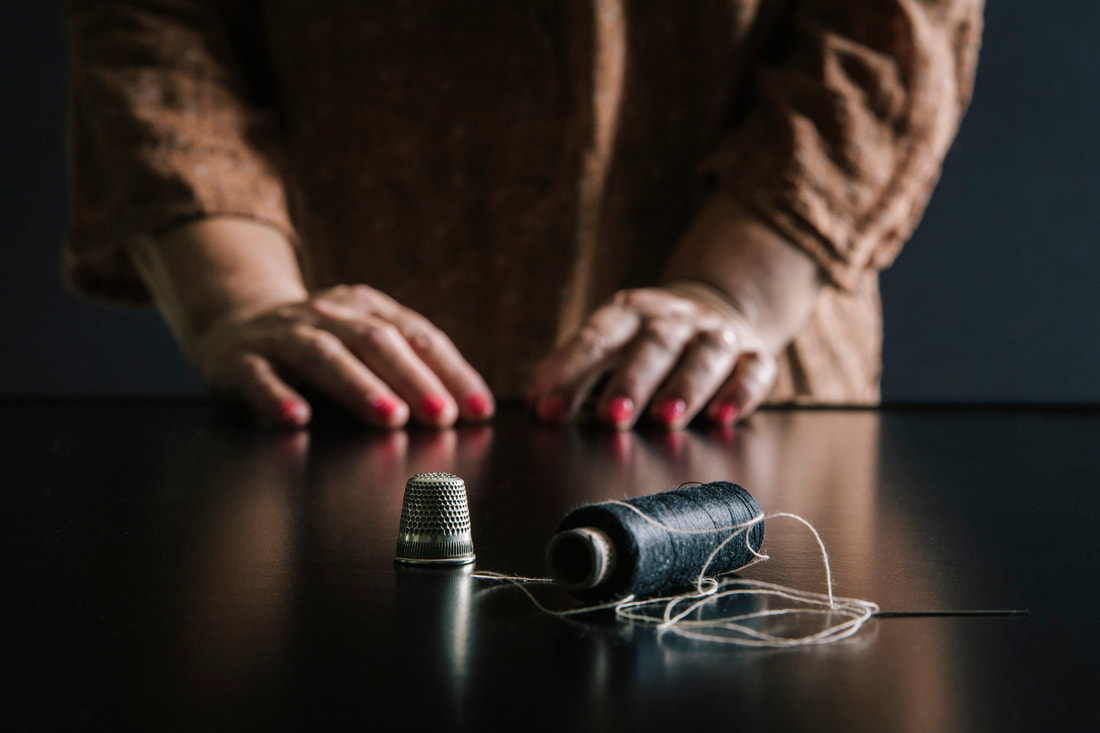"How can a product that needs to be sewn, grown, harvested, combed, spun, knitted, cut and stitched, finished, printed, labeled, packaged and transported cost a couple of dollars? It's impossible." - Li Edelkoort The fashion industry has positioned itself as one of the most polluting and wasteful industries. Slow fashion developed as a contrast to the industry’s fast fashion and quickly changing seasons. Slow fashion aims to create clothing within the lens of environmental, ethical, and sustainable ideals; creating clothing that takes the textile’s lifecycle into consideration. As a result, slow fashion finds itself recycling material, reusing excess textiles, up-cycling vintage clothes and advocating for the prolonged lifetime of a garment. It is not only slow fashion, it is compassionate fashion. |
|
Buying long-lasting clothes is one of the easiest and most pleasurable things we can do for the environment. If we can each increase our wardrobe’s lifespan by just one to two years, it would reduce the fashion industry’s CO2 emissions over that year by 24% and safe billions of gallons of our increasingly precious water supply. We want to rediscover the art of keeping and caring for things.
|
|
All of our clothes, [regardless of where they are bought] are made by hands. The wages of workers in garment factories can be as low as US$1-$3 a day. No one should have to spend their day sewing until they collapse from dehydration and exhaustion.
We believe more credit should go to the incredible craftsmanship of sewing and the hard labor of textile workers. |




